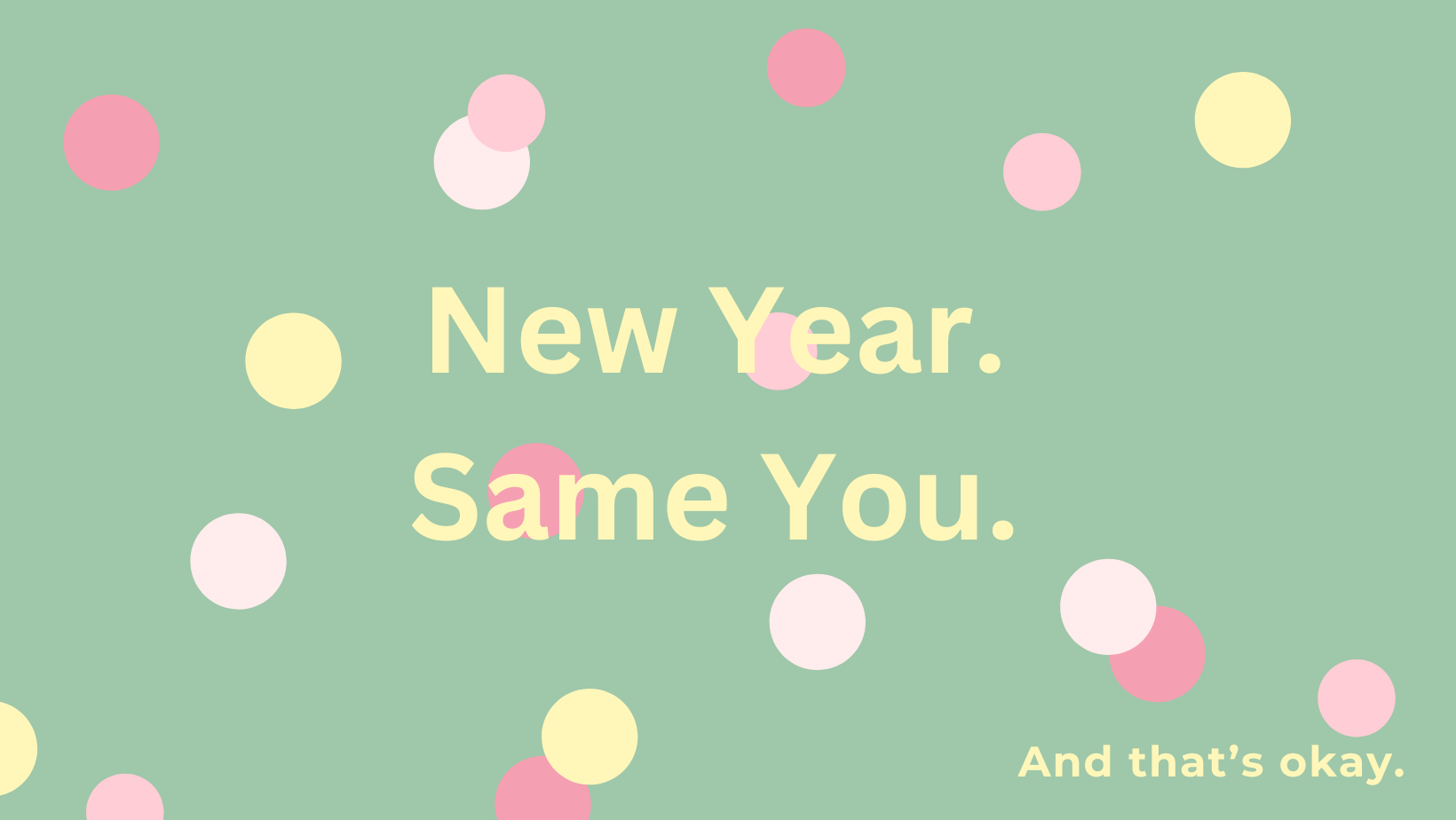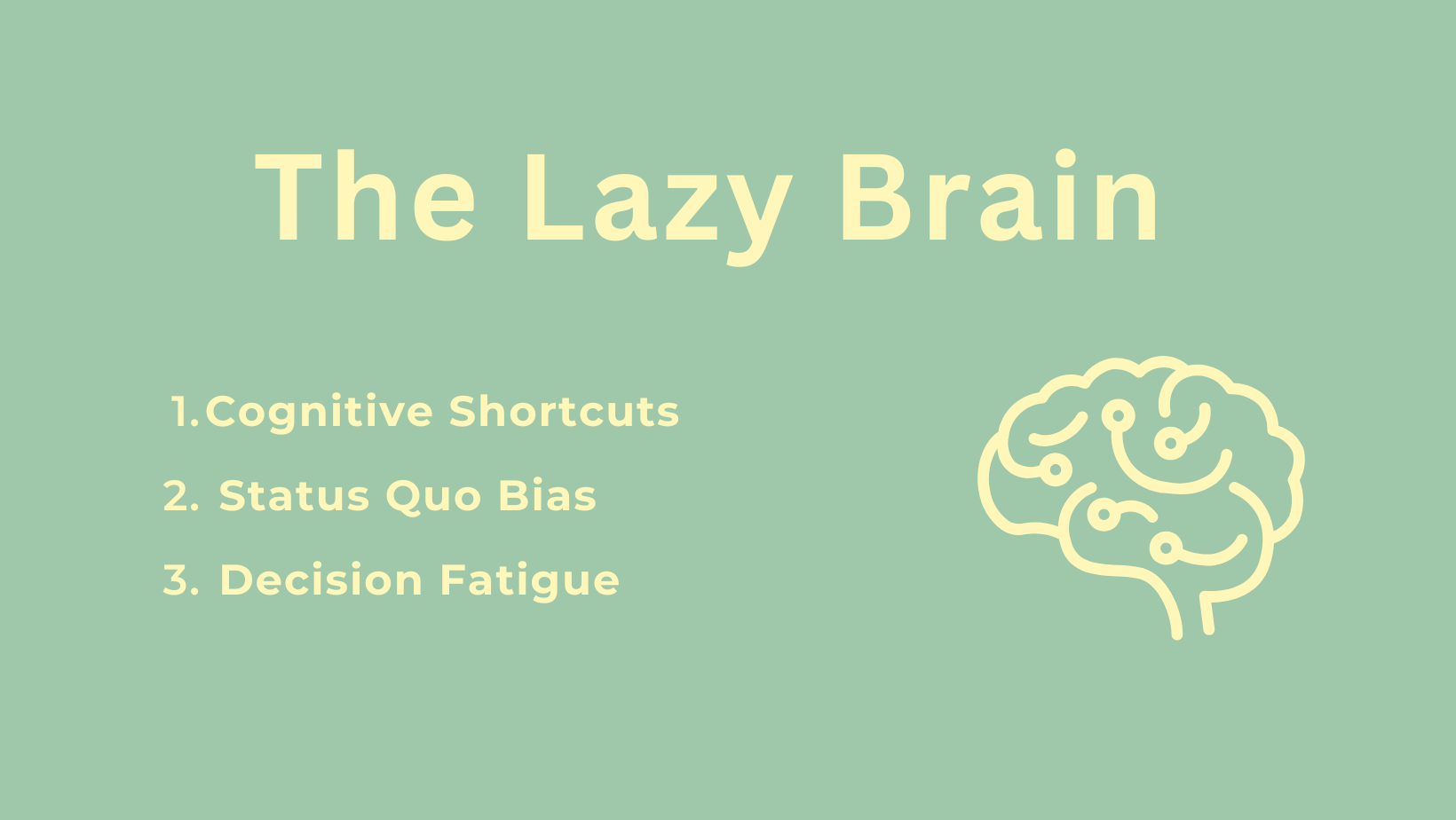Why Obama’s Blue Suit Can Save Your New Year’s Resolutions

It’s that time again: a fresh calendar, a clean slate, and a surge of motivation to become the best version of ourselves. Popular goals? Personal improvement, earning more money, and losing weight.
But let’s be honest. Will these resolutions stick? A study by Norcross and Vangarelli showed that most of us will abandon them by January 19. So why do we fail? Let’s explore the reasons and how we can break the cycle this year.
Why Resolutions Fail
1. Vague Goals
Resolutions like “be healthier” or “earn more money” sound good, but they lack direction. Without clear steps, it’s impossible to know where to start or how to measure progress. It’s like setting off on a road trip with no map or destination.
2. Effort Paradox
Our brains love the idea of effort but resist it in practice. Setting challenging goals feels rewarding at first, but our brains quickly seek comfort when reality hits.
3. Present Bias
We focus on the shiny endpoint (“I want to lose 5 kilogram”) and underestimate the grind it takes to get there. This disconnect from our future selves makes sticking to resolutions harder.

The Lazy Brain: Habits and Decision Fatigue
Cognitive Shortcuts
Our brains are designed to conserve energy. We create mental shortcuts – habits – to minimize effort. Whether it’s reaching for chocolate during TV time or hitting snooze every morning, these routines are hardwired over time.
Status Quo Bias
Changing habits is uncomfortable. We’re more likely to stick to what we know, even if it’s counterproductive. Our brains prefer the familiar to the effort of rewiring old pathways.
Decision Fatigue
Ever feel exhausted by choices? That’s decision fatigue. The more decisions we make, the harder it becomes to make good ones. By the evening, you’re reaching for takeout instead of cooking the healthy dinner you planned.
Why Obama Wore the Same Grey or Blue Suit
Here’s a lesson from Barack Obama: he eliminated trivial decisions, like what to wear, by sticking to the same grey or blue suit. By reducing decision fatigue, he saved mental energy for critical tasks.
The takeaway? Simplify your routine to free up energy for your resolutions. Whether it’s meal prepping, planning workouts in advance, or setting a “uniform” for work, small changes can make a big difference.
Better Approaches for Achieving Your Goals
1. Know the Real You
Start by understanding your habits and patterns. Don’t aim for an idealized “new you” – focus on actionable steps that align with your current reality.
2. Set Clear, Achievable Goals
Replace vague aspirations with specific targets. Instead of “be healthier,” try “drink two liters of water daily” or “no biscuits after dinner.” Incremental progress is the key.
3. Celebrate Small Wins
Recognize and celebrate your efforts along the way. The process is just as important as the outcome. Combat negativity bias by actively acknowledging your progress.
Practical Tips to Keep Going
- Simplify Your Routine: Reduce decision-making by automating parts of your day.
- Focus on One Habit at a Time: Avoid overwhelming your brain by tackling too much at once. Adding one more 15-minute walk on a specific weekday per week is a great goal.
- Create Accountability: Share your goals with a friend or track them in a journal or app.
- Reward Yourself: Celebrate milestones, no matter how small.
New Year, Same You – and That’s Okay
Maybe 2025 isn’t about reinventing yourself. Maybe it’s about small tweaks that make life a little better. Accept yourself for who you are now and focus on what truly matters to you.
Whether you simplify your choices like Obama or decide to embrace “new year, same me,” the power to shape your year is in your hands. Here’s to a mindful, intentional start to 2025!